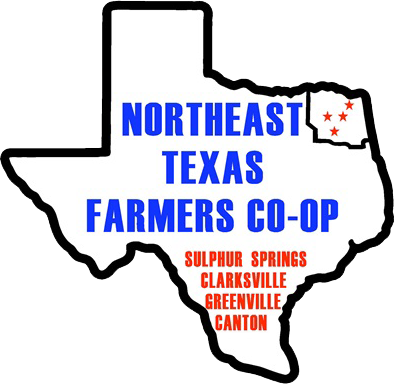Prussic Acid Poisoning
- Testing and Prevention
- Prussic acid, also called cyanide, is an extremely toxic substance that will cause acute poisoning, and often death of an animal within several minutes if consumed.
- Prussic acid works by preventing the animal’s cells from using oxygen that is carried to the tissues in blood, in effect causing the animal to asphyxiate. It is such a potent toxin that often the discovery of a dead animal is the first indication that there is a problem with prussic acid poisoning. Cyanide toxicity is characterized by the bright pink appearance of the mucous membranes and a vivid cherry red color of the blood, which remains highly oxygenated.
- Only certain plants will accumulate prussic acid, most notably the sorghums, in particular johnsongrass and to a lesser extent the sudans and their hybrids. Other plants to watch for are seed vetch, white clover, indiangrass, and chokecherry.
- Prussic acid does not exist in the plant as a free compound, instead it is bound to sugars that are known as cyanogenic glycosides, which accumulate when the plant has undergone stress.
- Drought, moisture loss from hot, dry winds, and rapid growth followed by cool, cloudy weather are all triggers for prussic acid production. Leaves will amass 2-25 times more prussic acid than stems, with the younger leaves accumulating the most. If the plant suffers damage that breaks cells open, enzymes are released that free the cyanide from the sugar. Therefore, new shoots produced after a frost or hay-cutting present the greatest hazard.
- Ruminants are at greater risk from prussic acid poisoning than non-ruminants because the rumen houses microbes also capable of releasing cyanide from the sugars.
- A simple laboratory test can determine if your forage poses a risk for cyanide poisoning.
How to take a forage sample for prussic acid analysis
- Cut 5 stems at grazing height from 6 different locations of the pasture. Choose plants that show lush growth with several leaves.
- Collect samples in the late morning when cyanogenic glycoside concentrations are at their highest.
- Place the samples in a bag that will seal, then place it with an ice pack into an envelope, box, or any container that will keep out light.
- Deliver or overnight the sample to the Northeast Texas Farmers Co-Op scale house, store or fertilizer plant. The sample should arrive no later than 24 hours after cutting to reduce the possibility of a false negative result.
Good pasture management and ensiling can greatly reduce the risk of prussic acid poisoning, keeping your herd healthy and safe. Contact the Northeast Texas Farmers Co-Op for further information.

